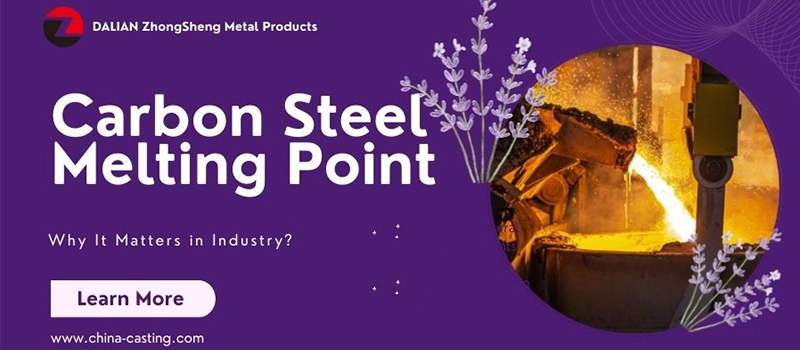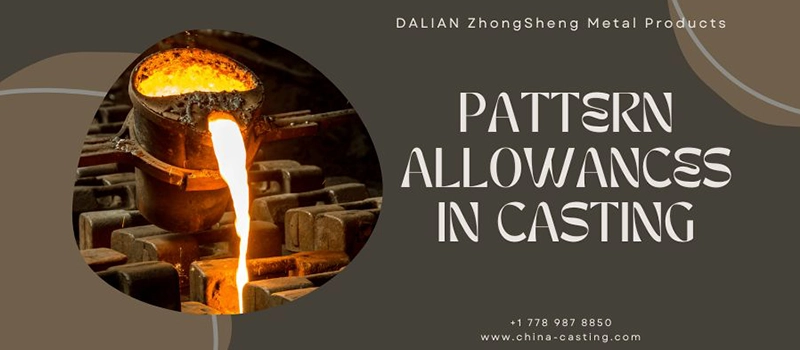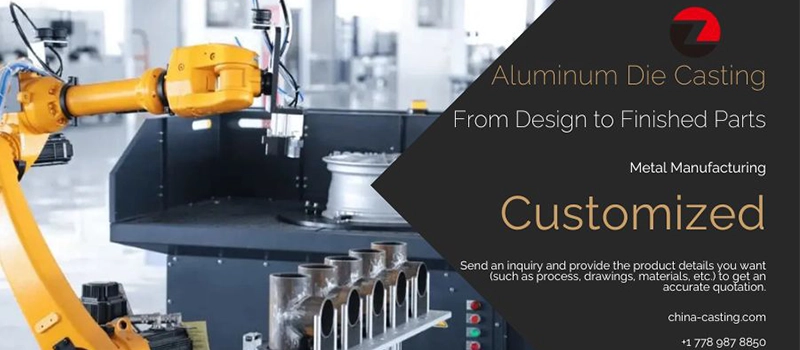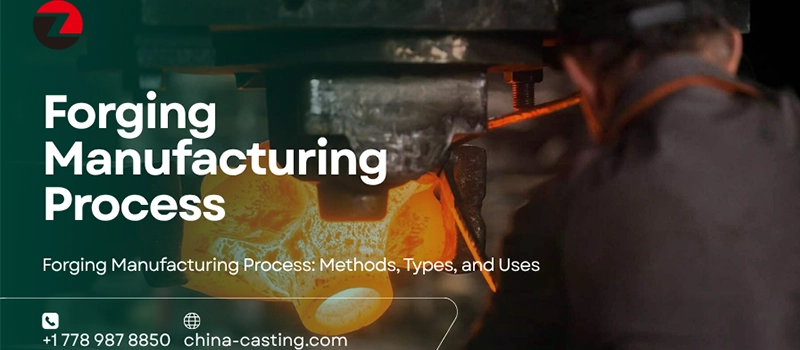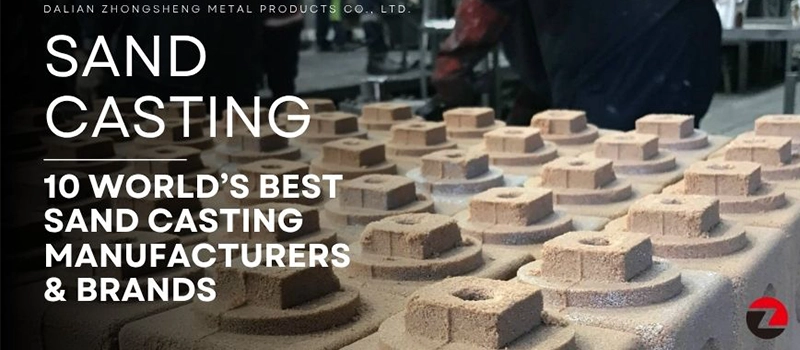Struggling to create complex metal parts with tight tolerances? Frustrated by high machining costs, rough surface finishes, or design limitations in traditional casting? Wondering how the investment casting process can deliver both precision and cost-efficiency—without compromising on quality or delivery time?
The investment casting process—also known as lost-wax casting—solves these challenges by producing high-precision metal parts with smooth surfaces and minimal post-processing. It enables intricate designs in stainless steel, aluminum, and other alloys, making it a preferred method for manufacturers who demand accuracy, strength, and repeatability.
From wax patterns to final finishing, this complete guide will walk you through the investment casting process step by step. Whether you’re new to metal fabrication or looking to optimize your production, the following insights will help you master this powerful casting method.
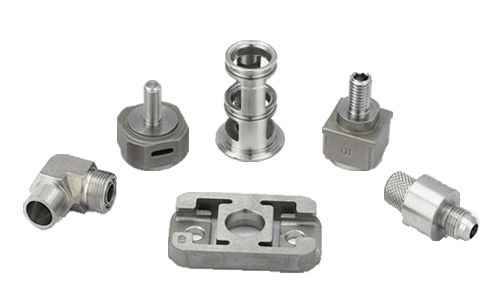
Get a quote now!
What Is the Investment Casting Process?
The investment casting process, also known as lost-wax casting, is a manufacturing technique used to produce high-precision metal parts with complex shapes, fine details, and excellent surface finishes. It involves creating a wax model (or “pattern”) of the final component, surrounding it with a ceramic shell, and then replacing the wax with molten metal to form the desired part.
Unlike other casting methods that require heavy machining or simpler geometries, investment casting offers unmatched flexibility in design. It is particularly useful when dimensional accuracy, repeatability, and surface smoothness are critical. From aerospace turbine blades to intricate automotive components, investment casting supports both small and large-scale production.
This process is often chosen over traditional casting because it enables net-shape or near-net-shape manufacturing—reducing material waste, machining time, and labor costs. Plus, it accommodates a wide range of alloys, including stainless steel, aluminum, brass, carbon steel, and high-temperature superalloys.
Today, modern investment casting combines ancient principles with cutting-edge materials and process control, making it one of the most dependable and scalable methods in metal fabrication.
The History and Evolution of Investment Casting
The investment casting process has roots that stretch back thousands of years—long before CNC machines, 3D printers, or modern metallurgy. In fact, its earliest applications can be traced to ancient civilizations such as the Egyptians, Chinese, and Mesopotamians, who used beeswax patterns and clay molds to create ceremonial and decorative bronze objects. This primitive version of the process proved the power of lost-wax techniques to replicate intricate designs in metal.
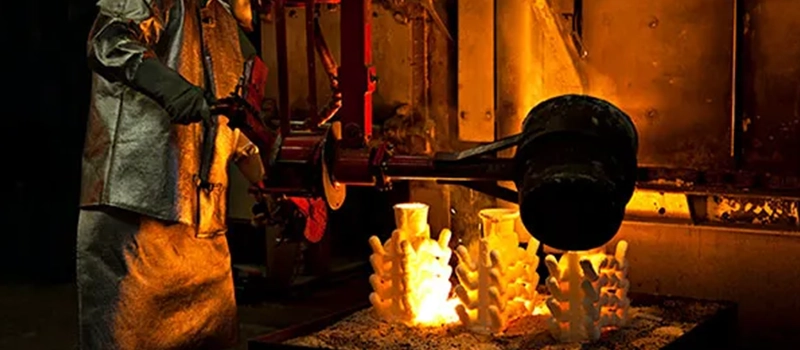
Over the centuries, investment casting process gradually evolved. During the Renaissance, artists and metalworkers in Europe refined the method for use in fine art, sculptures, and jewelry. But it wasn’t until the 20th century, particularly during World War II, that investment casting underwent a true industrial revolution. The aerospace industry needed complex, heat-resistant, lightweight parts—and traditional casting methods simply couldn’t deliver. Enter investment casting.
The introduction of refractory ceramics, advanced wax formulas, and alloy metallurgy enabled manufacturers to scale up the process while maintaining tight tolerances and consistent quality. By the 1950s and 60s, investment casting was being adopted across the globe in automotive, military, petrochemical, and power generation sectors.
Today, the process has reached a new level of sophistication. With computer-aided design (CAD), simulation software, automated shell building, and even 3D printing for wax pattern creation, investment casting offers not only flexibility and precision—but also repeatability and cost-effectiveness at scale. It’s no longer just a technique for artisans. It’s now a core process in industrial manufacturing, delivering high-performance parts used in everything from turbine blades to surgical instruments.
The journey from ancient lost-wax figurines to modern aerospace-grade components tells a story of continual innovation—and underscores why the investment casting process remains one of the most trusted techniques in metal fabrication today.
How the Investment Casting Process Works (Step by Step)
The investment casting process is a carefully controlled, multi-stage method designed to produce metal components with excellent dimensional accuracy and surface finish. While the technique has ancient roots, the modern process involves high-tech materials and precise automation. Below is a step-by-step walkthrough of how it works today.
Step 1: Wax Pattern Creation
Everything begins with a wax model, which is an exact replica of the final metal part. These wax patterns are usually made through injection molding, where molten wax is injected into a high-precision metal die.
Depending on production volume, manufacturers can create single-use patterns or assemble multiple wax patterns into a tree—a cluster that allows for casting several parts at once. These wax patterns must be handled with care to prevent any warping or distortion, which would affect the accuracy of the final casting.
Fun fact: Modern foundries sometimes use 3D printing to make wax or plastic patterns, speeding up the prototyping process and reducing tooling costs.
Step 2: Shell Building
Once the wax patterns are prepared, they’re coated with a ceramic slurry—a mixture of fine refractory materials. This process is done in layers:
- Dip the wax into the slurry.
- Sprinkle it with fine sand (stucco).
- Dry the layer under controlled conditions.
- Repeat the steps until the shell is strong enough (usually 6–8 layers).
This ceramic shell will become the mold that holds the molten metal later in the process. Its thickness must be carefully controlled to prevent cracking or thermal shock during pouring.
Step 3: Dewaxing and Shell Firing
Once the ceramic shell is built and dried, the wax inside must be removed. This is done through steam autoclaving or flash dewaxing, where the shell is rapidly heated to melt and drain the wax out, leaving behind a hollow ceramic mold.
After dewaxing, the empty ceramic shells are fired in a furnace at high temperatures (up to 1,000°C or more). This step strengthens the mold and burns off any wax residue, preparing it to withstand molten metal.
Step 4: Metal Pouring and Cooling
Now comes the core step: pouring molten metal into the heated ceramic molds. Depending on the application, materials like stainless steel, carbon steel, aluminum, or superalloys are used.
The molten metal fills every cavity in the ceramic shell, capturing the finest details of the original wax pattern. After pouring, the mold is left to cool and solidify, often with controlled cooling rates to avoid internal stress or defects.
Step 5: Shell Removal and Final Finishing
Once the metal has solidified, the ceramic shell is removed using mechanical vibration, water blasting, or chemical processes. What remains are the raw castings—still attached to the gating system (if tree casting was used).
The parts then undergo:
- Cutting and separation from the sprue.
- Grinding and surface finishing to remove any roughness or imperfections.
- Machining (if needed) for critical dimensions or threaded holes.
- Heat treatment for improved mechanical properties.
Each casting is finally inspected using dimensional checks, surface analysis, and sometimes non-destructive testing (NDT) like X-ray or ultrasonic scanning to ensure quality.
The investment casting process may seem complex, but it delivers unmatched precision and repeatability—especially for components that other casting methods can’t handle.
Materials Used in the Investment Casting Process
One of the greatest strengths of the investment casting process is its ability to work with a wide variety of metals and alloys. Whether your priority is corrosion resistance, high temperature strength, or lightweight properties, investment casting provides the flexibility to meet demanding performance requirements across many industries.
Here’s a breakdown of the most commonly used materials and what makes them ideal for investment casting:
1. Stainless Steel Investment Casting
Stainless steel is one of the most popular materials in the investment casting industry. It offers excellent corrosion resistance, good mechanical properties, and aesthetic surface finish. Common grades include:
- 304 / 304L: Ideal for food processing, kitchen equipment, and general industrial components.
- 316 / 316L: Used in marine, chemical, and medical applications due to superior corrosion resistance.
- 17-4 PH: A precipitation-hardened stainless with high strength and moderate corrosion resistance.
Stainless investment casting is especially valued in industries like petrochemical, medical devices, and automotive.
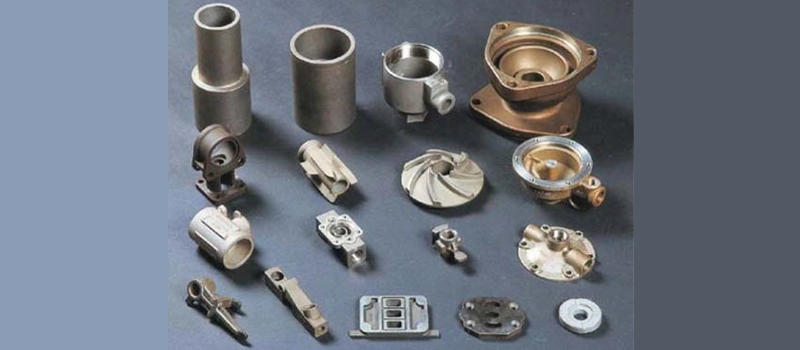
2. Carbon Steel Investment Casting
Carbon steel is chosen for its strength, ductility, and low cost. It is easy to machine and weld and is suitable for applications that do not require corrosion resistance.
Common grades include:
- WCB / A105: Widely used in valves, pumps, and structural parts.
- 1020 / 1045: For general engineering purposes.
Carbon steel investment castings are typically heat-treated to adjust hardness and mechanical properties.
3. Alloy Steel Investment Casting
Alloy steels are used when higher strength, toughness, or wear resistance is needed. These castings often undergo complex heat treatments.
Examples:
- 4130 / 4140: Chromium-molybdenum steel used in aerospace and automotive.
- 8620: Case-hardening steel used in gear components.
4. Aluminum Investment Casting
Aluminum alloys are preferred for their lightweight, good corrosion resistance, and thermal/electrical conductivity. Though less common in traditional investment casting, aluminum is increasingly cast using vacuum investment casting or rapid prototyping + shell building.
Applications:
- Aerospace structures
- Automotive housings
- Electric motor components
Need Help? We’re Here for You!
5. Copper and Brass Investment Casting
Copper-based alloys are cast for their excellent thermal and electrical conductivity. Brass, bronze, and red brass are used for:
- Electrical terminals
- Decorative hardware
- Marine components
6. Superalloys and Exotic Metals
For high-performance applications—such as aerospace turbine blades or medical implants—investment casting supports superalloys like:
- Inconel
- Cobalt-based alloys
- Titanium alloys
These materials are costly and difficult to machine, but investment casting allows for near-net-shape production with minimal waste.
With such a wide array of available materials, the investment casting process supports everything from rugged industrial tools to lightweight aerospace parts. Choosing the right alloy depends on your design goals, service conditions, and cost targets.
Advantages of the Investment Casting Process
The investment casting process stands out as one of the most versatile and reliable metal manufacturing techniques available today. Its ability to create complex, high-precision parts gives manufacturers a serious edge—especially when other methods like sand casting, forging, or machining fall short.
Here are the most important advantages of investment casting for modern manufacturing:
1. Exceptional Design Flexibility
One of the biggest benefits of investment castings is the ability to produce intricate geometries and complex internal structures that would be difficult—or even impossible—with other methods.
Whether you’re designing valve bodies, gear housings, turbine blades, or automotive brackets, investment casting can reproduce fine features such as:
- Thin walls
- Logos and text
- Undercuts
- Curved passageways
This allows engineers to focus on performance, not manufacturing limitations.
2. High Dimensional Accuracy and Surface Finish
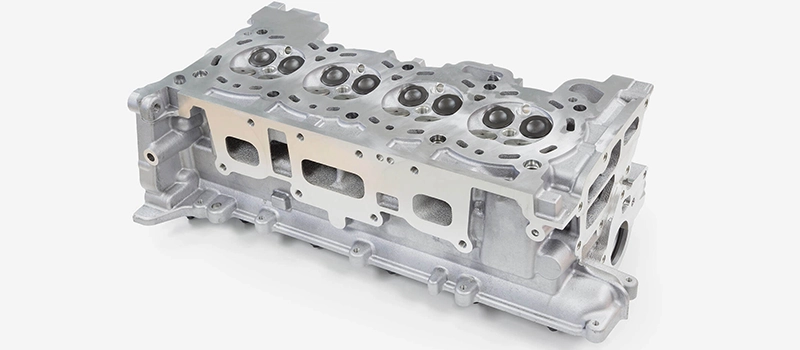
Precision investment casting delivers tight tolerances—often within ±0.005 inch per inch—along with smooth surfaces (Ra 3.2–6.3 µm), reducing or even eliminating the need for machining.
This is particularly valuable in industries where aesthetics, tight fits, and performance are essential, such as:
- Aerospace
- Medical devices
- Automotive
- Petrochemical
Compared to sand casting or machining from solid blocks, the investment casting process offers superior finish and accuracy right out of the mold.
3. Wide Material Selection
From steel investment casting to aluminum and brass, this process supports a broader range of metals and alloys than most casting methods. You can choose the best material for strength, temperature, corrosion resistance, or weight.
This makes it ideal for:
- High-strength carbon steel investment casting
- Lightweight aluminum investment castings
- Corrosion-resistant stainless steel investment casting
4. Reduced Machining and Material Waste
Since investment cast components are often close to their final shape (near-net-shape), very little machining is needed—saving time, labor, and material.
Unlike forging or subtractive machining, casting investment is additive in nature. This not only reduces waste but also lowers your carbon footprint and overall cost.
5. Cost-Effective for Complex, Medium-Volume Runs
While the upfront cost of tooling can be higher than simpler methods like sand casting, investment casting becomes more economical in medium to high production volumes—especially when factoring in:
- Fewer secondary operations
- Lower scrap rates
- Minimal rework or correction
For projects where precision, repeatability, and complexity are required, investment casting offers unmatched value.
6. Consistent Quality and Repeatability
Once your tooling is created, you can expect every investment casting to be nearly identical in form, fit, and function. This repeatability is essential for industries like defense, oil and gas, and aerospace, where component consistency directly affects safety and performance.
In short, the advantages of the investment casting process include everything from precision and performance to material efficiency and cost control—especially for manufacturers working with complex parts and tight tolerances.
When to Choose the Investment Casting Process
With so many metal forming options available today—investment casting, sand casting, die casting, forging, and CNC machining—choosing the right process depends on more than just part geometry. The right decision balances cost, complexity, performance, and production volume.
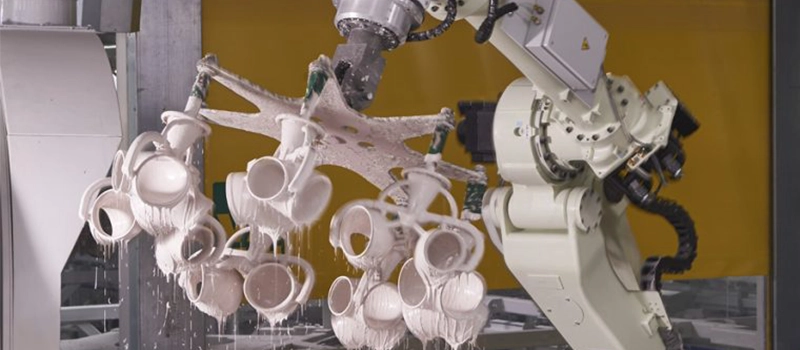
Here’s how to determine whether the investment casting process is the right fit for your project:
1. Your Part Has Complex Geometry
If your component includes:
- Thin walls
- Internal cavities or channels
- Undercuts or logos
- Complex contours or fine detail
…then investment casting is almost always the best choice. Unlike sand casting or forging, it allows for design freedom without needing expensive secondary machining or assemblies.
2. You Need Tight Tolerances and High Surface Quality
When dimensional accuracy and minimal machining are key—especially in aerospace, petrochemical, or medical parts—investment casting delivers tolerances of ±0.005 inch per inch and surface finishes that rival machining.
Choose investment casting when:
- You want to reduce CNC time or eliminate it entirely
- Surface finish directly affects functionality
- You require consistent, repeatable dimensional quality across large batches
3. You’re Using High-Performance or Specialized Alloys
If your design calls for materials like:
- Stainless steel
- Nickel- or cobalt-based alloys
- Heat-resistant steels
- Lightweight aluminum or titanium
…investment casting accommodates a wide range of metal alloys, especially those difficult to machine or forge. It’s also ideal for high-temperature and corrosion-resistant parts.
4. You Need Medium-to-High Production Volumes with Consistency
For OEMs, contract manufacturers, or anyone producing 500+ pieces per year, investment casting offers significant cost advantages:
- Less rework
- Near-net-shape production
- Minimal scrap
- Excellent consistency across runs
Unlike die casting, investment casting doesn’t restrict you to non-ferrous metals or ultra-high tooling costs—making it ideal for flexible, scalable manufacturing.

Get a quote now!
5. You’re Balancing Cost with Performance
While investment casting tooling is more expensive than sand casting, the long-term cost per part drops significantly when:
- You reduce machining time
- You eliminate welding or assembly of multiple parts
- You produce in repeatable batches
In short, if you want to optimize total cost of ownership (TCO) for your metal parts—without compromising performance—investment casting offers a smart, balanced solution.
Applications of Investment Casting Across Industries
The investment casting process is trusted by manufacturers around the world for producing high-precision metal parts with complex designs, tight tolerances, and superior surface finishes. Its versatility allows it to be used across virtually every industrial sector—from aerospace to agriculture.
Here’s a closer look at how investment casting components are used in various industries and why this method has become essential to global manufacturing.
1. Aerospace and Aviation
Precision investment casting is widely used in aerospace due to its ability to produce lightweight, heat-resistant, and structurally complex components. Common aerospace investment cast parts include:
- Turbine blades
- Engine brackets
- Exhaust systems
- Airframe connectors
Materials like nickel superalloys and aluminum investment casting alloys are ideal for resisting extreme temperatures and maintaining integrity at high altitudes. These parts demand tight tolerances and minimal variation, which the investment casting process consistently delivers.
2. Automotive and Transportation
In automotive manufacturing, steel investment casting and aluminum investment castings are used to create robust yet lightweight parts that contribute to fuel efficiency and vehicle performance.
Typical investment casting automotive parts include:
- Transmission cases
- Steering knuckles
- Differential housings
- Turbocharger components
Leading investment casting manufacturers often provide customized investment casting solutions for both traditional vehicles and electric vehicles (EVs), ensuring performance and cost-effectiveness.
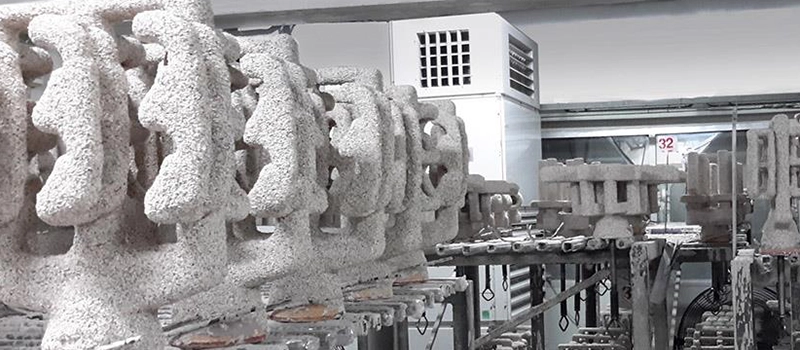
3. Petrochemical and Energy
The petrochemical industry requires corrosion-resistant and high-temperature components, which is where stainless steel investment casting and carbon steel investment casting come into play.
Common uses:
- Valve bodies
- Pump housings
- Flow control devices
- Sealing and pressure-retaining components
In these environments, the reliability and consistency of investment castings reduce failure risks and costly downtime.
4. Agriculture and Construction Equipment
In heavy machinery and equipment manufacturing, investment casting components must withstand dirt, impact, and long-term use. Carbon steel and alloy steel investment casting are ideal for:
- Gearboxes
- Hydraulic parts
- Mounting brackets
- Suspension and coupling parts
By using the investment casting process, manufacturers can reduce welding, improve strength-to-weight ratio, and ensure a longer product lifespan.
5. Medical Devices and Surgical Equipment
The precision and biocompatibility of stainless steel make precision investment casting a go-to solution for medical and surgical tools. With minimal machining required, these parts can be manufactured faster and more affordably.
Common applications:
- Surgical scissors and clamps
- Orthopedic implants
- Dental tools
Medical investment casting suppliers often work with strict regulatory compliance, requiring repeatability and flaw-free surfaces.
Need Help? We’re Here for You!
6. Military and Defense
In the defense sector, strength, consistency, and lightweight materials are essential. The investment casting process allows for the production of complex weapon components, communication hardware, and aerospace-grade assemblies.
Materials used: titanium investment casting, aluminum alloys, duplex stainless steel
7. Marine and Offshore Engineering
For marine applications, corrosion resistance is paramount. That’s why investment casting stainless steel parts are commonly used for:
- Propeller components
- Anchoring systems
- Pumps and impellers
- Fittings and fasteners
Investment castings in this industry must hold up against saltwater, constant pressure, and movement—challenges the casting investment process is built to handle.
Across all these industries, investment casting process suppliers continue to push the limits of design, quality, and material performance—delivering parts that are lighter, stronger, and more cost-effective.
Common Challenges in the Investment Casting Process and Solutions
While the investment casting process offers unmatched precision, design flexibility, and material versatility, it’s not without challenges. Like any complex manufacturing method, there are technical hurdles that investment casting manufacturers must address to maintain quality, reduce lead time, and control cost.
Let’s take a closer look at some of the most common issues encountered in the investment casting process—and the proven solutions manufacturers use to solve them.
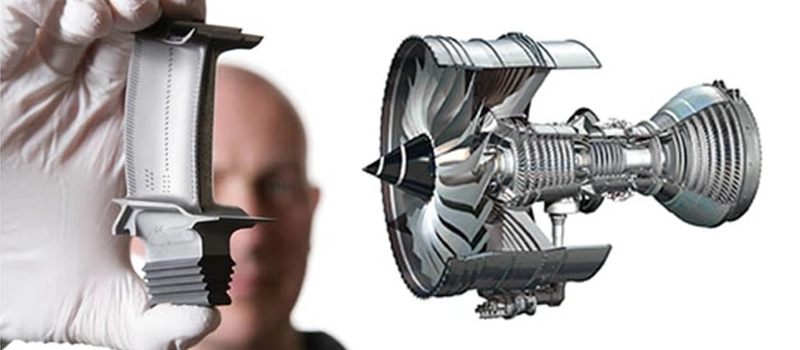
1. Wax Pattern Defects
Since the investment casting process starts with a wax pattern, any imperfection in this stage will be reflected in the final metal component. Common defects include:
- Warping
- Cracks
- Air bubbles
Solution:
Using high-quality wax, maintaining mold temperature, and applying proper injection pressure ensure a stable wax pattern. In some cases, switching to 3D printed patterns for prototyping or low-volume runs can eliminate pattern inconsistency altogether.
2. Shell Cracking or Collapse
During the ceramic shell-building phase of the casting investment process, inconsistent drying or incorrect layering can cause cracks or structural weaknesses in the mold.
Solution:
Process control is essential. Automated slurry tanks, controlled humidity, and proper shell thickness (6–8 layers) help stabilize the shell. Investment casting foundries often monitor shell drying times and use infrared sensors to avoid internal stresses.
3. Incomplete Fill and Misruns
Sometimes, molten metal may not fully fill the mold, leading to incomplete investment castings or internal voids.
Solution:
Ensure correct metal temperature, mold preheat, and pouring speed. Using gravity pour or vacuum-assist technology can also reduce turbulence and ensure complete mold fill—especially for intricate investment cast parts.
4. Porosity and Gas Entrapment
Gas bubbles trapped in molten metal can cause porosity, leading to structural weaknesses and inconsistent density in the finished part.
Solution:
Use degassed alloys, vacuum melting, or inert gas environments. Many investment casting process manufacturers use real-time pour monitoring and pressure differentials to minimize gas-related defects.
5. Dimensional Inaccuracy and Shrinkage
Even small deviations in shrinkage rates can affect the precision of the final part, especially in steel investment casting process or aluminum investment casting process where tolerance is critical.
Solution:
Use simulation software to predict and compensate for shrinkage during the design stage. Also, post-casting dimensional inspection with CMMs (coordinate measuring machines) helps verify final accuracy.
6. Shell Removal and Surface Finishing
Removing the ceramic shell after solidification without damaging the investment cast component can be tricky, especially for parts with thin features or sharp corners.
Solution:
Mechanical vibration, water jets, and thermal shock are used to break the shell safely. Surface finishing operations like grinding, blasting, or polishing are then performed based on end-use requirements.
7. Lead Time and Process Complexity
The investment casting process involves many steps, from wax injection to final inspection. This can increase lead times compared to quicker but less precise methods like sand casting.
Solution:
Modern investment casting suppliers streamline workflows with automation, modular tooling, and rapid prototyping using 3D-printed wax patterns to reduce tooling delays. Digital tracking and ERP systems also help optimize scheduling and material usage.
Despite these challenges, continuous improvement and innovation in the investment casting process allow manufacturers to produce high-quality, repeatable components at competitive costs. By applying strict quality control and leveraging technology, even complex parts can be delivered with exceptional consistency and performance.

Get a quote now!
How to Choose the Right Investment Casting Supplier
Selecting the right supplier for your investment casting process is a critical decision that affects the performance, quality, and profitability of your final products. With so many investment casting manufacturers and casting investment suppliers around the world, the key is knowing which factors really matter—and how to evaluate them.
Here are five core areas to focus on when choosing a long-term partner for your investment cast parts and projects.
✅ 1. Complete Process Capabilities
A reliable supplier should manage the entire investment casting process in-house—from wax injection to final inspection. Suppliers who outsource critical stages often struggle with consistency, lead time, and quality control.
Look for partners that offer:
- Full mold and shell building
- In-house pouring and melting
- Heat treatment and precision machining
- Post-processing, inspection, and logistics support
This ensures streamlined communication, cost control, and quality assurance from start to finish.
✅ 2. Material Expertise and Alloy Options
Different industries require different materials—ranging from carbon steel to stainless steel, aluminum, and nickel-based alloys. A competent investment casting supplier should not only offer a wide selection of metals, but also guide you in choosing the right alloy for strength, weight, corrosion resistance, and cost-effectiveness.
Make sure your supplier understands:
- Mechanical properties of each alloy
- Casting behavior and shrinkage rates
- Surface finish compatibility and heat treatment needs
✅ 3. Industry Experience and Export Capability
Not all investment casting manufacturers are familiar with global standards. If you’re purchasing for industries like aerospace, petrochemical, agriculture, or automotive, you’ll need a partner who can meet compliance requirements and deliver quality at scale.
Key credentials to check:
- ISO, CE, or third-party certifications
- Experience with technical drawings and engineering specs
- Packaging standards and international logistics expertise
- Multilingual support and after-sales service
✅ 4. Engineering Support and Customization
No two projects are the same. You’ll want a supplier who can provide custom investment casting parts tailored to your specific designs, tolerances, and performance needs.
The best suppliers can:
- Review and optimize 2D/3D CAD files
- Offer design-for-casting feedback
- Support prototyping or pilot runs
- Handle secondary operations like CNC machining or coating
✅ 5. Transparent Quotation and Reliable Lead Time
An excellent investment casting process is only valuable if it’s paired with clear pricing and on-time delivery. Delayed shipments or unexpected cost overruns can jeopardize your entire supply chain.
Before committing, confirm that your supplier provides:
- Transparent, itemized quotations
- Defined production schedules
- Real-time communication during manufacturing
- Post-delivery support and issue resolution
Why Choose Dalian ZhongSheng Metal Products?
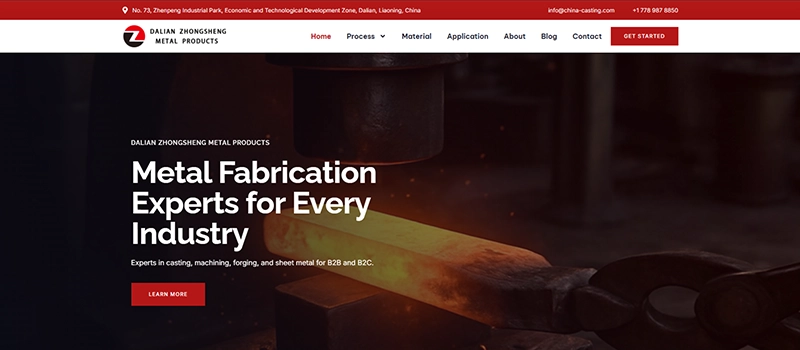
At this point, you may be wondering where to find a supplier that meets all the criteria above.
That’s exactly where Dalian ZhongSheng Metal Products comes in.
As a certified Chinese investment casting manufacturer, we offer:
- Five full-service production lines under one roof
- A wide range of materials including stainless steel, aluminum, carbon steel, and brass
- CE certification for the EU market and experience exporting to North America, Europe, Japan, and South Korea
- Custom engineering support, drawing review, prototyping, and post-processing
- Competitive prices, fast response times, and flexible order volumes—ideal for OEMs and industrial buyers
Whether you’re sourcing small components or large production runs, we’re committed to making your investment casting process smooth, efficient, and cost-effective.
Conclusion: The Value of the Investment Casting Process
The investment casting process remains one of the most efficient, accurate, and adaptable methods for producing high-quality metal components. From aerospace to agriculture, it supports a wide range of industries with unmatched precision and material versatility.
Whether you need custom investment castings, improved performance, or tighter tolerances, choosing the right investment casting process partner is key to success. With the right supplier, this time-tested method becomes a modern manufacturing advantage.


